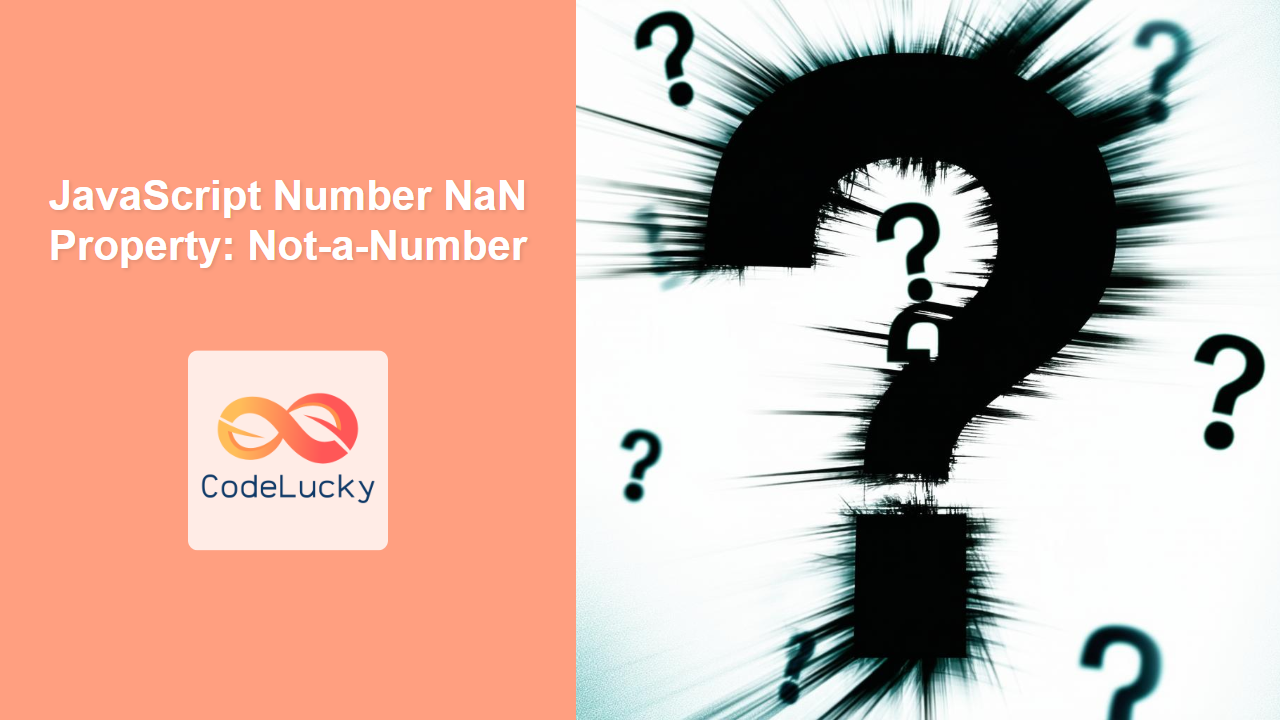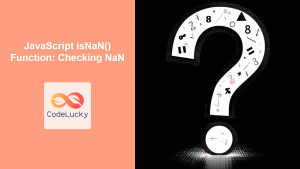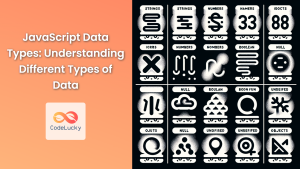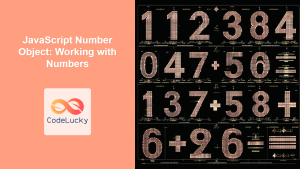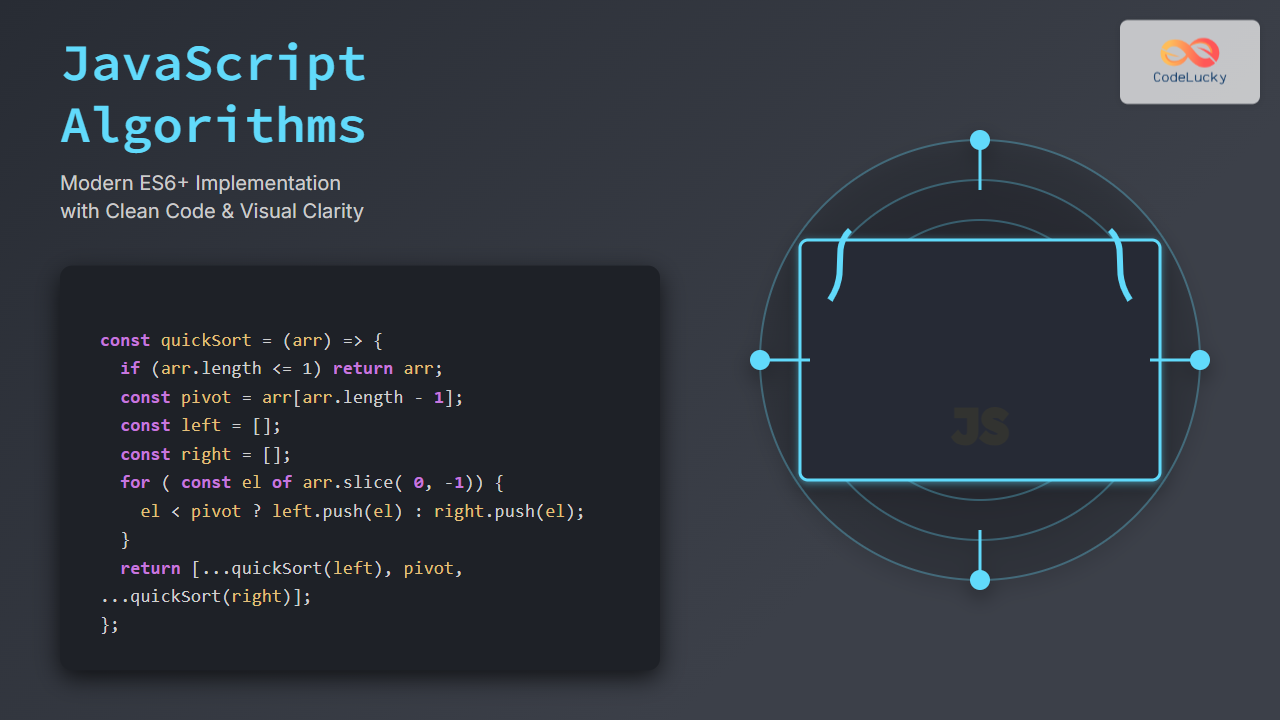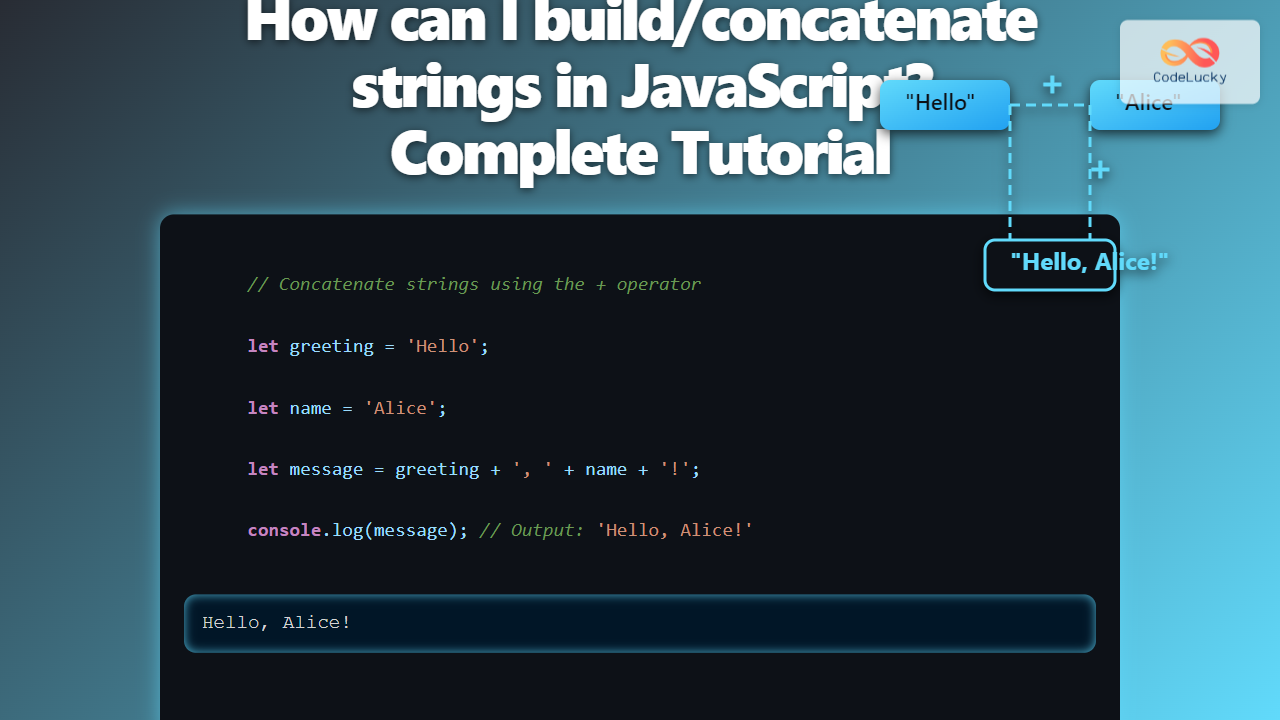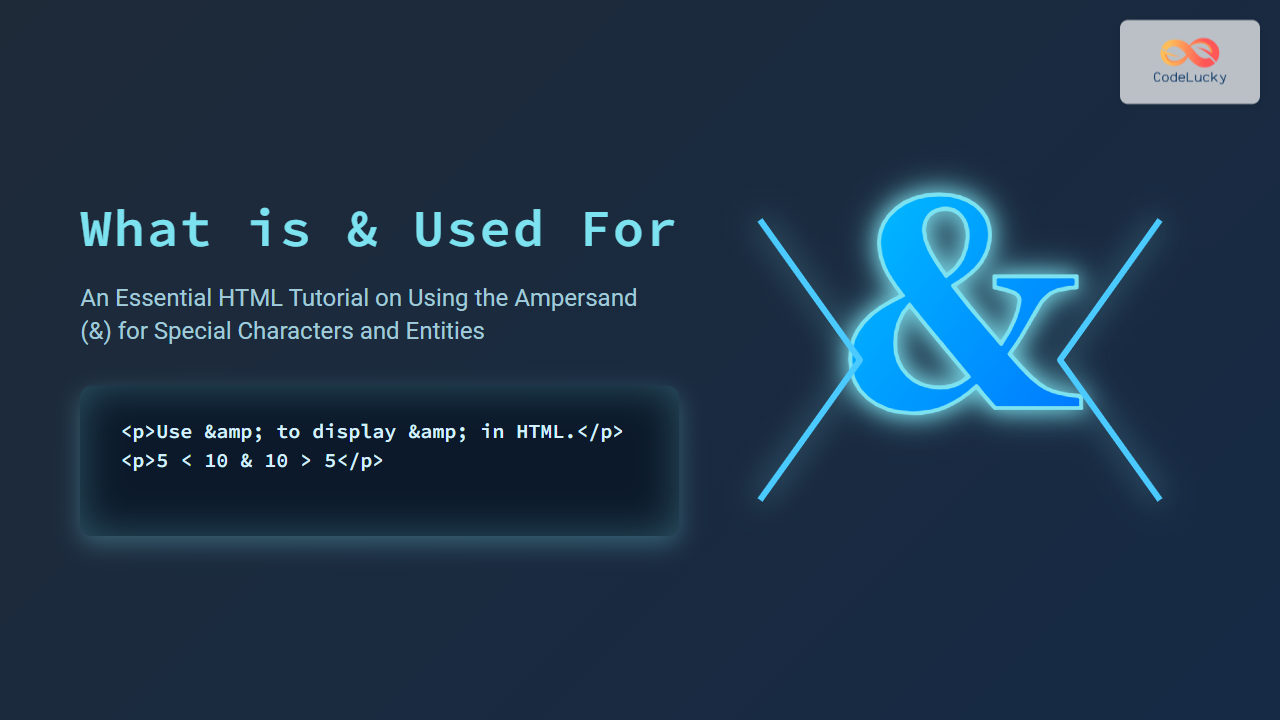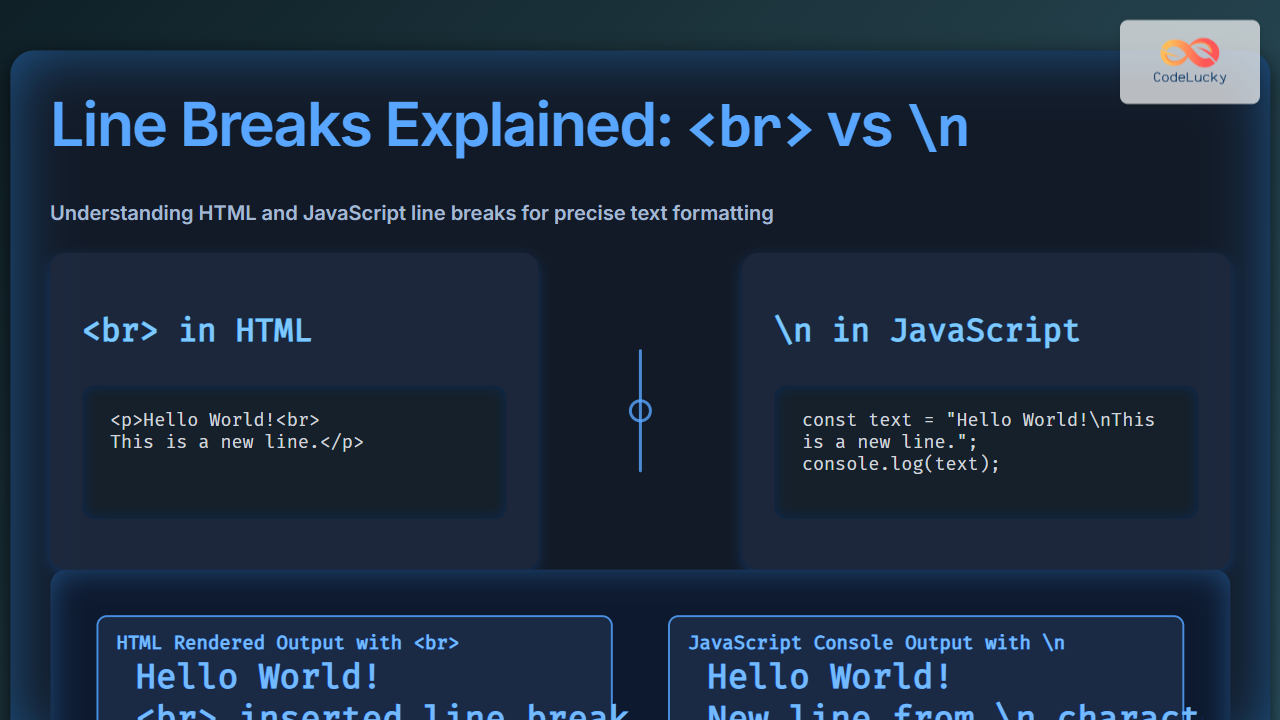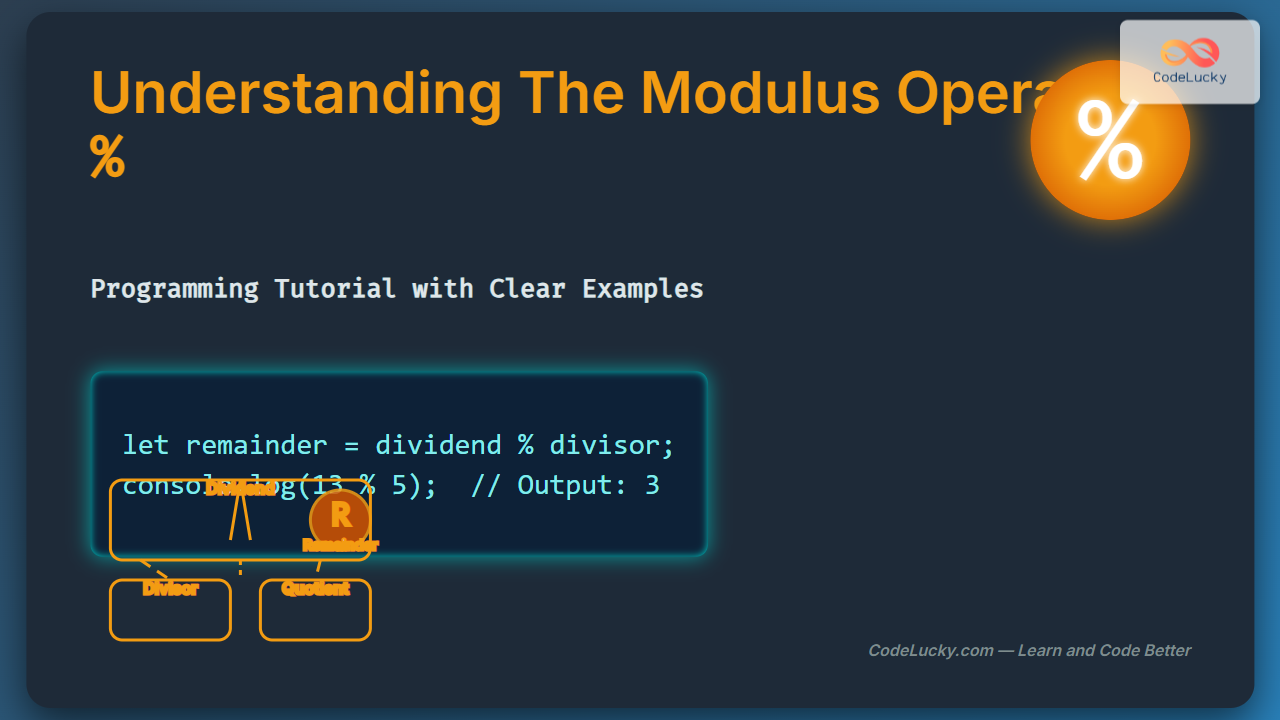JavaScript Number NaN Property: Understanding Not-a-Number
In JavaScript, the NaN property of the Number object represents the special “Not-a-Number” value. This value indicates that a certain mathematical operation or conversion has failed to produce a valid number. Understanding NaN is crucial for handling errors and unexpected results in your JavaScript code, especially when dealing with numerical computations and type conversions.
What is NaN?
NaN stands for “Not-a-Number” and it is a unique numeric data type that signifies an invalid number. It’s important to note that although it represents a non-numeric value, NaN is still considered a member of the Number type in JavaScript. This can sometimes lead to confusion, but it is a core part of the language’s behavior.
Purpose of NaN
The primary purpose of NaN is to signal that a mathematical operation or type conversion cannot result in a meaningful numeric value. This usually happens due to invalid inputs, undefined behavior, or operations that have no numerical result. Common scenarios where NaN arises include:
- Mathematical Operations:
- Dividing zero by zero (
0 / 0). - Taking the square root of a negative number (
Math.sqrt(-1)). - Performing arithmetic operations with a non-numeric operand, which cannot be coerced to a number.
- Dividing zero by zero (
- Type Conversions:
- Parsing a string that cannot be converted into a number using
parseInt()orparseFloat().
- Parsing a string that cannot be converted into a number using
Understanding the NaN Property
The NaN property is a static property of the JavaScript Number object. It is always available and represents the “Not-a-Number” value.
Syntax
The syntax for accessing the NaN property is straightforward:
Number.NaN;
This will return the NaN value, which you can then compare against or use in your code.
Key Characteristics of NaN
- Unique Value:
NaNis the only value in JavaScript that is not equal to itself (NaN !== NaNis true). - Type is Number: Despite its name,
NaNis of theNumberdata type, which can be a bit confusing. - Contagious: Any arithmetic operation involving
NaNwill result inNaN.
Using isNaN() Function
Because NaN is not equal to itself, you cannot use comparison operators (like == or ===) to check if a value is NaN. Instead, you should use the global isNaN() function or the Number.isNaN() method (ES6) for this purpose.
The isNaN() Function
The global isNaN() function first tries to convert the provided value into a number and then checks if the result is NaN. This function can sometimes lead to unexpected results because it performs type coercion before checking for NaN.
isNaN("hello"); // Output: true (because "hello" cannot be converted to a number)
isNaN(123); // Output: false (123 is a number)
isNaN(NaN); // Output: true
isNaN(undefined); // Output: true
isNaN(null); // Output: false (null is coerced to 0)
The Number.isNaN() Method
The Number.isNaN() method, introduced in ECMAScript 6 (ES6), is a more reliable way to check if a value is NaN. It does not perform type coercion and returns true only if the value is strictly NaN.
Number.isNaN("hello"); // Output: false
Number.isNaN(123); // Output: false
Number.isNaN(NaN); // Output: true
Number.isNaN(undefined); // Output: false
Number.isNaN(null); // Output: false
Note: It’s generally better to use Number.isNaN() because it’s more precise and avoids the type coercion issues with the global isNaN() function. 💡
Examples of NaN
Let’s explore a few examples that demonstrate when and how NaN arises in JavaScript.
Example 1: Mathematical Operations
const result_math = 0 / 0;
console.log(result_math); // Output: NaN
const sqrt_negative = Math.sqrt(-1);
console.log(sqrt_negative); // Output: NaN
const non_number_operation = 10 * "hello";
console.log(non_number_operation); // Output: NaN
Example 2: Parsing Strings
const parsed_int = parseInt("hello", 10);
console.log(parsed_int); // Output: NaN
const parsed_float = parseFloat("not a number");
console.log(parsed_float); // Output: NaN
Example 3: Checking for NaN
const value1 = 0 / 0;
console.log(isNaN(value1)); // Output: true (using global isNaN())
console.log(Number.isNaN(value1)); // Output: true (using Number.isNaN())
const value2 = "text";
console.log(isNaN(value2)); // Output: true (because of type coercion to NaN)
console.log(Number.isNaN(value2)); // Output: false (more accurate check)
const value3 = NaN;
console.log(isNaN(value3)); // Output: true
console.log(Number.isNaN(value3)); // Output: true
const value4 = undefined;
console.log(isNaN(value4)); // Output: true (because of type coercion to NaN)
console.log(Number.isNaN(value4)); // Output: false (more accurate check)
Handling NaN
Handling NaN properly is essential for robust error handling in JavaScript. Here are some tips for handling NaN effectively:
- Use
Number.isNaN(): Always useNumber.isNaN()to check if a value is trulyNaN. - Validate Inputs: Before performing mathematical operations, validate that the input values are valid numbers.
- Provide Fallbacks: When a calculation may result in
NaN, provide default values or error messages to handle the situation gracefully. - Check Results: After arithmetic operations, check if the result is
NaNbefore continuing with subsequent operations.
Example: Providing a Default Value
function calculateSum(a, b) {
const sum = a + b;
if(Number.isNaN(sum)){
return 0; // Returning 0 as a fallback when result is NaN
}
return sum;
}
const result_sum1 = calculateSum(10, 20);
console.log("Sum:", result_sum1); // Output: Sum: 30
const result_sum2 = calculateSum(10, "hello");
console.log("Sum:", result_sum2); // Output: Sum: 0 (fallback applied)
Example: Error Handling using NaN
function calculateAverage(numbers) {
if (!numbers || numbers.length === 0) {
return NaN; // Return NaN when no numbers are passed to function
}
let sum_avg = 0;
for (let num of numbers) {
if (typeof num !== 'number') {
return NaN; // Return NaN when non number is passed to function
}
sum_avg += num;
}
return sum_avg / numbers.length;
}
const avg_result1 = calculateAverage([10, 20, 30]);
console.log("Average:", avg_result1); // Output: Average: 20
const avg_result2 = calculateAverage([]);
console.log("Average:", avg_result2); // Output: Average: NaN (no numbers passed)
const avg_result3 = calculateAverage([10, 20, "text"]);
console.log("Average:", avg_result3); // Output: Average: NaN (non number in the array)
Browser Support
The NaN property is a fundamental part of JavaScript and enjoys full support across all modern browsers and JavaScript environments.
| Feature | Chrome | Firefox | Safari | Edge | Opera |
|---|---|---|---|---|---|
| `Number.NaN` | ✅ | ✅ | ✅ | ✅ | ✅ |
| `isNaN()` | ✅ | ✅ | ✅ | ✅ | ✅ |
| `Number.isNaN()` | ✅ | ✅ | ✅ | ✅ | ✅ |
Conclusion
The NaN property is a critical aspect of JavaScript, representing an invalid number in situations where a numerical value cannot be produced. Proper understanding of NaN, along with the use of Number.isNaN(), is vital for writing robust, reliable JavaScript applications. By validating inputs, checking results, and using the correct functions, you can effectively handle NaN and avoid unexpected behaviors in your code. By utilizing these techniques, you can maintain accuracy and stability in your JavaScript development, leading to more trustworthy and user-friendly applications.

